What is required to become a legend in tennis sport? A great deal of skill and willpower, as well as courage to withstand wounds and disapproval, are necessary. Sharapova is more suitable for this description than most people. Indeed, she is among the best tennis players and this reputation is based on her inborn talent, determination, and self-confidence.
However, Sharapova’s life is not just a record of her victories and defeats. The most important thing that distinguishes Sharapova’s life story from others is her storytelling style and specific point of view for the world.
In this summary, you will see how a person copes with difficulties with a good sense of humor and serenity. Most importantly, you will understand that without the backing of companions, parents, and people who have faith in you and your abilities, no success can be achieved alone.
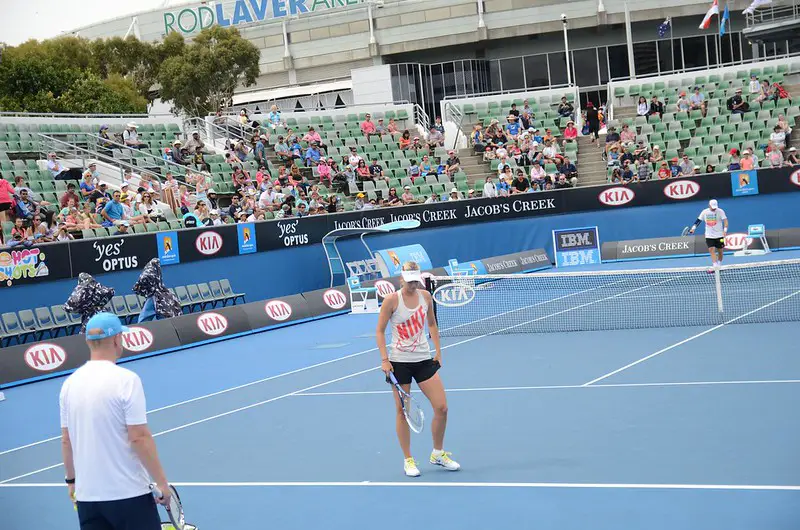
Chapter 1 – Maria Sharapova was raised in Sochi, Russia by a loving family and spent all her time playing tennis.
After the Chernobyl nuclear reactor explosion of 1986, Belarusian Yelena and Yuri departed from their city and immigrated to Siberia. After settling in Nyagan, they had a girl named Maria Sharapova on April 19, 1987, which is her birth date.
However, Yuri Sharapov did not like living in Siberia, but soon took her wife and daughter to a little flat in Sochi, the largest and brightest tourism center of Russia, on the east coast of the Black Sea. Maria was two years old when they moved to Sochi.
Sometime after Sharapova started to grow, on a good day, Yuri took his daughter with him for a tennis workout. His uncle had given his father a tennis-racquet to make fun of. Bored Sharapova grabbed an empty racquet and began hitting the balls while his father was doing tennis practice.
This felt good. Her talent to focus on the tennis-playing was fascinating. Realizing her innate talent, Yuri then began to employ a proper tennis coach for training her daughter, Sharapova, who is just four years old.
However, Sharapova did not spend all her time playing tennis in the early stages. Her house was a warm home full of friends, and also family members regularly visited her.

Sharapova learned the Russian alphabet with the help of her mother. She focused on the stories with his mother. He was especially interested in all types of writings and Russian poetry, starting with a child book, Pippi Longstocking.
At the same time, tennis sport became the main concern of Sharapova’s childhood right after, and his father took her to train and competitions.
Her family safeguarded her very strangely. Sharapova has a memory of how she watched neighboring children playing outside through her window of their apartment. Apart from playing tennis, she was not allowed to be outside much.
Chapter 2 – Sharapova’s trainer was pretty sure of her abilities, and 1993 became a critical year.
It didn’t take long to realize that Sharapova was not only a tennis player with abilities but an extraordinary one.
Sharapova’s very first tennis trainer was Yuri Yudkin, well-known in the region, albeit somewhat alcoholic. Yudkin immediately realized her potential. Yes, she had skills – but most notably, she could stay concentrated for a long time when she started playing tennis.
She never got tired of playing tennis. When she took the racket in her hands, she might strike the balls at any time of the day. Even if Yudkin made her do the same hits, again and again, she wouldn’t get tired of it. She was never disturbed and bored. This was her turn, and she was devoted enough to shape and develop her inborn abilities.
According to Yudkin, if Mozart was the master of music, Sharapova was the master of tennis.
Yudkin expressed his idea that will change their fate forever in 1993. He went to Yuri and told that if they want to improve Sharapova’s skills, they should move to a place where her tennis ability can grow. After the end of the USSR, Russia was still trying to recover. So, America was a good option.
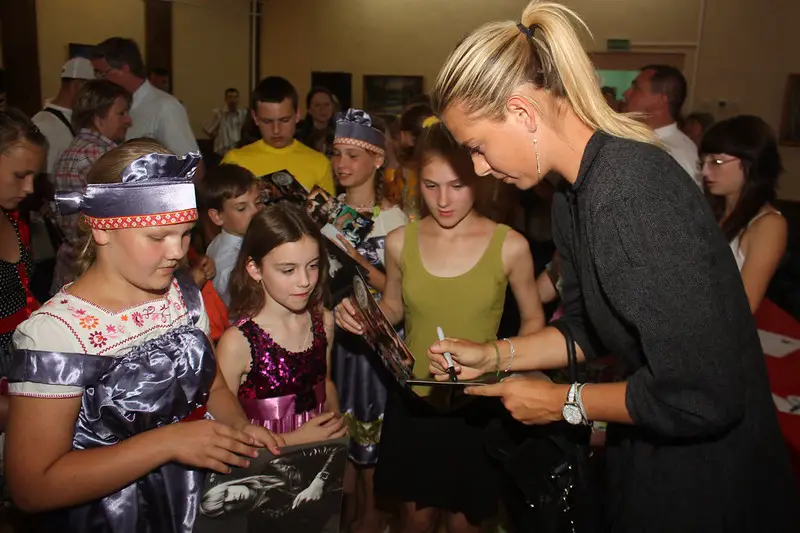
Sharapova’s father understood immediately what to do. He was determined to devote his life to her daughter’s career. He left her job, changed her plans. Now everything was built on his daughter and her tennis life. He started teaching himself tennis and trained Sharapova every day. He was firm about taking his daughter to America.
Finally, the well-known Czech-American tennis competition winner, Martina Navratilova gave the family the necessary moves to go for America.
A tennis competition in Moscow was an opportunity for young tennis players to show their skills. Sharapova had the chance to play with Navratilova a bit like other kids.
Navratilova was amazed. He went to Yuri and re-emphasized what Yudkin had said before: Sharapova was talented and also had to go to the US.
The family made plans to go. But troubles continued.
Chapter 3 – Going to the USA was difficult for Sharapova, and there was more trouble for her.
Sharapova’s father, Yuri, understood well what to do. He had to take her daughter to Florida in America, where tennis stars like Anna Kournikova, Serena, and Venus Williams were trained.
Yuri wanted Sharapova to play especially in the national junior team of the Russian Tennis Federation. At that time, the junior team was training for a tour preparation at Rick Macci Tennis Academy in Florida Boca Raton.
Yuri sent a letter to the team’s lead trainer, but he knew that his daughter could not join the team. Children must be more than eleven years old to be accepted into the team. Sharapova was only six years old, however.
But Sharapova’s father was very enthusiastic. He thoroughly described Sharapova’s tennis skills and wrote about Yudkin and Navratilova’s opinions about his daughter. And, surprisingly, the tennis coach of the team call for Sharapova to come and train with the team to join the tour with them.
The next thing to deal with was visas. In those days, traveling from Russia to the USA was usually not allowed if you were not a diplomat. Despite this, Yuri applied to the American embassy in Moscow and somehow achieve to obtain two visas, each valid for three years. However, this meant that Sharapova’s mother could not go to America with them.

During this year, Sharapova and Yuri reached Miami. However, when they arrived at Boca Raton, the coach who called them was no longer working there- and no one believed what they were telling. After all, it seemed a bit strange for others: a poor Russian with only $ 700 in his patch had come to the U.S with his little girl to improve his daughter’s tennis skills.
Yuri’s frustration was obvious. Sharapova’s skills were accepted after playing tennis with several tennis trainers but the academy made a ridiculous offer to them. Until the owner of the school, Rick Bacci came back, the father and daughter said they could stay for a few days.
But Yuri was a proud person. He refused this ridiculous offer and traveled with his daughter to Bradenton, Florida, where well-known coach Nick Bollettieri owned the reputable Bollettieri Tennis Academy.
Chapter 4 – Living conditions in Florida were challenging for Yuri, but Sharapova started to improve her talent.
Sharapova and her father were more fortunate in Bradenton. At first, Sharapova had to deal with two problems. Since her body was not enough to play hard tennis, she had to play with a cut-down hand-me-down racket. But she quickly got used to these new rackets, and Bollettieri soon supported her with funds that let her exercise and eat for free with other kids.
But life was tough, specifically for Yuri.
In addition to improving his English, Yuri was trying to learn everything he needed to know about the tennis world to master Sharapova’s career skillfully. In addition, he had to do his duty as a father to a child and make money for living expenses, by working in building sites and gardening.
He had always one thing in his mind: turning his daughter into the best tennis player in the world. This goal prompted him to get up at 5 in the morning every day and take his daughter to the academy before going into his work.
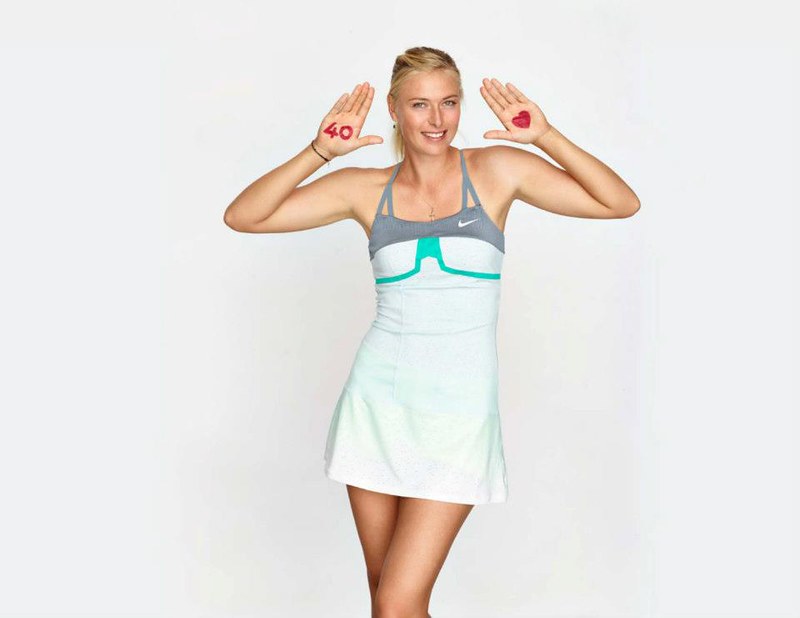
At the beginning of the academy’s working out, Sharapova exercised nonstop to improve her tennis playing style. She did not want to get close to other kids because she often saw other children as rivals. Today, she still maintains her fierceness and strength.
Years later, Thomas Högsted, one of her coaches, gave instructions to other players not to speak and communicate with Sharapova at any time during or before the tennis matches. Högsted understood that her way of playing tennis often frightened other players.
In the academy, it was not only her talents that developed as a tennis player. Of course, she became powerful and greater at the playing of tennis, but her talent to focus on the game most developed.
Her tough and concentrated way of playing was enough for her rivals to avoid competing with her.
Chapter 5 – Sharapova began to be trained at Sekou Bangoura’s academy, but this became not good.
Other kids training in the academy had a completely different life. And their wealthy and dandy parents could not digest that their children were defeated by this poor Russian teenage girl. As a result, Sharapova was removed from Bollettieri’s academy.
Then Sharapova started playing tennis at a neighboring rival academy, El Conquistador. However, difficulties arose there as well.
The Academy Conquistador belonged to an African American man called Sekou Bangoura and was led by him. He once worked with Nick Bollettieri as a professional tennis player for years and later established his academy.
Unlike Bollettieri’s academy, Bangoura did not financially support Sharapova and demanded money for training. Unfortunately, Yuri’s gardening was not enough to meet the expensive tennis training, so Yuri started working there as a coach. It did not take long for Yuri to work as a trainer at the academy. Bangoura fired him sometime later.
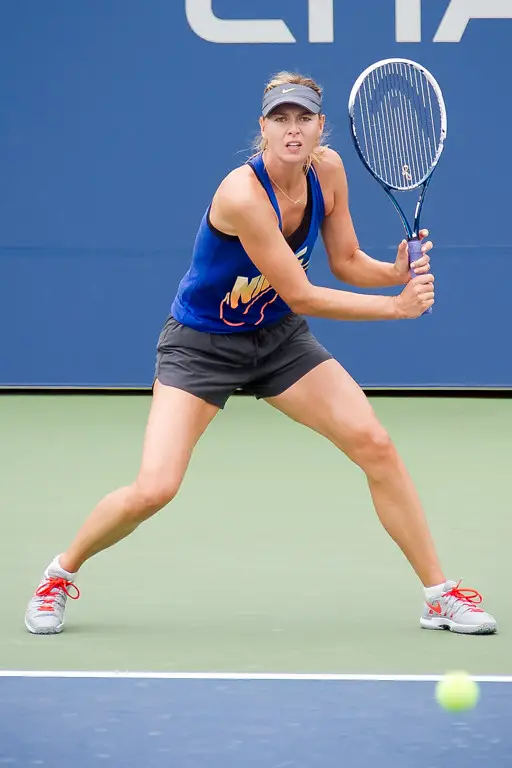
The reason for this was quite obvious: Bangoura wanted to full control of Sharapova and he had to keep Yuri and her influence on her daughter away from the academy.
Yuri had to return to the landscaping business to defray training spendings, but his back was unable to lift heavy loads. After hurting his back, he was taken to the hospital immobilized. He couldn’t work for weeks.
But they had no money left. Yuri was unable to pay the rent due to his disability, and then the landlady took them out of the house.
Bangoura also took his last chance and wanted fees. He was well aware of Yuri couldn’t pay him the training fee. In this way, Bangoura left them in a dead-end and made the following offer: Leaving the academy or signing an agreement that will give Bangoura power over Sharapova.
Fortunately, Yuri had a good hunch to avoid signing the contract. But this good hunch made them broke and homeless.
Chapter 6 – Father and daughter settled in a friend’s home, Bob Kane, and in the end, they went back to the Bollettieri academy.
This meant a difficult disaster. Yuri and her daughter Maria no longer had a home and did not see where to stay. Yuri then thought of his friend, Bob Kane, whose son, Steven, was a student at Bangoura’s academy.
Kane was a benevolent person and was generous enough to support them. He hosted Yuri and her daughter Sharapova in his own home. They started living with Kanes and were even able to use their special tennis-playing site.
Sharapova liked the times he spent there. This house was unlike their filthy and old houses that they once lived.
Sharapova and her father remained at Kane’s home for a year.
Sharapova was very happy that she got rid of Bangoura’s control. She developed visibly under his command, but Bangoura also benefited from her by using her as an advertisement to promote his academy. As a result, she had to play all weekdays and all weekends without a break. Her life consisted of training and competitions only.
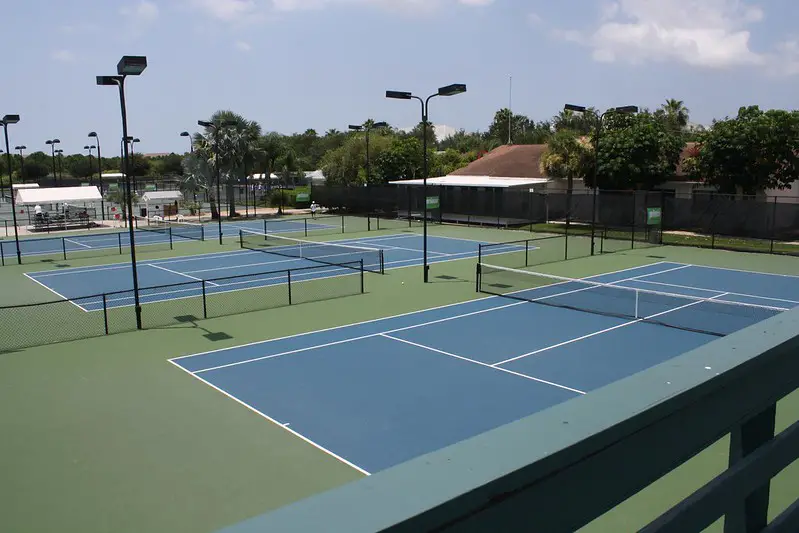
Sharapova’s body was large and her movements were slow. However, her strokes became firmer when she was nine. And thanks to her talent to focus, the game ranking was increasing day by day. She became one of America’s best players under the age of 12.
She left Kane’s home when Bollettieri offered scholarships to Sharapova again. Bollettieri was now aware of what she was capable of – he witnessed how Maria won many competitions. And now she was an appropriate age to continue her training at the academy and live in it.
Obviously, Sharapova got the scholarship and moved to the academy. She started to stay in the academy’s dormitory and his father continued to stay with his friend Kane.
Chapter 7 – Sharapova agreed with IMG and Nike and started working with great tennis directors.
After their first success at age 11, Sharapova took the attention of the renowned sports agency International Management Group (IMG), and this group began to a representative of her. The group began giving Sharapova $ 100,000 annually. The underlying opinion was this: after Maria became a great professional, they would make up for their investments and profits by cutting the amount they paid because it was much money for a very young player. Thinking the same way, Nike funded her by paying $ 50,000 per year.
Besides all this, she met two people who will affect her life greatly.
One of them was Max Eisenbud, a sports representative, and coach at IMG. He had come to Bollettieri Academy to train Sharapova, and then he became a real and trusted companion who was always with Sharapova in the face of good and evil.
Robert Lansdorp was another life-changing person for her. He coached some famous players in the early 1980s, including American Tracy Austin, who ranked first in the world ranking.
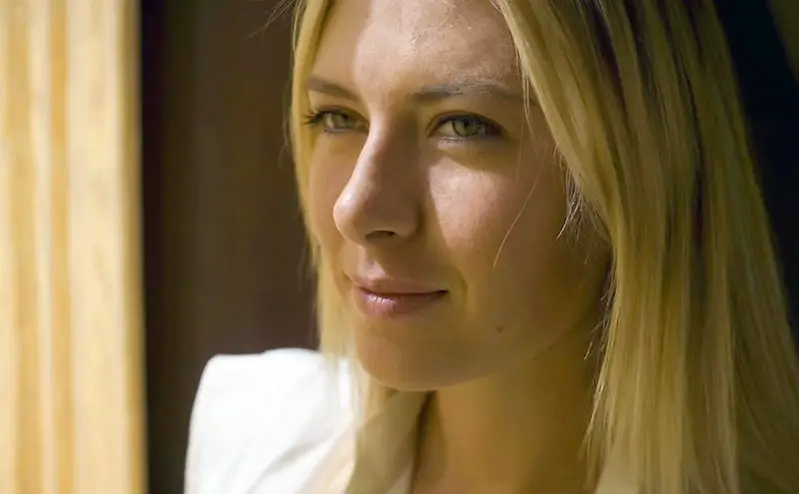
Because Lansdorp lived in LA, Sharapova and Yuri went there only once a month for exercise. Even when they went there, they were guests in Lansdorp’s house. Estelle, his daughter, was also a good friend of Maria.
Working with Lansdorp was quite difficult. He made her do the same hits many times. The strokes must be stiff, spinless, and move straight across the net. Sometimes she would obey his advice directly, even if it was a little rough. But that’s absolutely what Sharapova wanted- she was aware that what would improve her was to behave this way. Lansdorp coached him until Sharapova turned 15, and with these instructions, Sharapova made great progress.
Sharapova received the prize for this great advance when her mother arrived in Florida. Ultimately, his mother was able to obtain a visa after a complex and difficult visa process for about nine years.
Chapter 8 – Sharapova initially struggled a bit with her new adolescent body but learned to use her strength.
By the age of 14, Sharapova runs into a sudden growth. It was as if she suddenly entered a new body, and at first, she did not know how to deal with this new body; she lost a few games because he felt so crazy. But soon he got used to this new situation and broke this losing cycle.
This was a new difficulty, but this cycle of losing taught her new methods of how to protect her soul when things got worse. She understood that giving up would be of no benefit to her.
In her first year of high school, she attended her first professional competition near Sarasota in Florida. She was about to miss the money award. She eventually lost the game in three-round. However, she still played an admirable game. Her shots were skillfully, but she had to be a little faster. She was self-assured to play a powerful low-strokes game. Although it was not easy, she barely carries on to keep the balls out of the net.
The power of her determination was a savior for her and made her govern the match more.

As a result, she understood that she needed to work harder to develop her serve. Her body was more powerful and taller. She understood that by having larger shoulders, she could benefit from this body structure.
Especially the flexibility on her shoulders was a determining factor for her success. While hitting the ball, she could extend her arm back that the service would be filled with propulsion.
Peter McGraw, an Australian coach at Bollettieri’s academy, assisted her to develop this unusual talent. This training worked. Sharapova began to win the matches easily again.
It was now the great timing to outdo tournaments for young people and become good tennis professionals.
Chapter 9 – After a tidal start, Sharapova became a champion in Wimbledon in 2004.
Sharapova was now 16 years old In 2003. In the end, she was able to play tennis with elders and was no longer confined to the youth cage.
However, she could not make a good beginning in the first Grand Slam competition- the Australian Open tournament in Melbourne. She lost all the games played. But Sharapova never allowed these defeats to discourage her. She was well aware that she had to continue struggling to move up the numbers.
She participated in many small-scale competitions in preliminaries for the Grand Slams. As the number of games she achieved increased, her international rank also increased, and she did not stop winning.
In June 2003 when Wimbledon started, Sharapova’s rank remained at 47. Sharapova was better in Wimbledon than what she did at the Australian Open tournament. She managed to go up to the fourth band. It was a great development and she felt she could even succeed in the entire competition. What fully increased her belief was to beat Jelena Dokic, the fourth in the world in the third band.
This success provided her strength to succeed in her first professional competition, the Japan Open, after that year. She had risen to 32 in the rankings until Christmas.
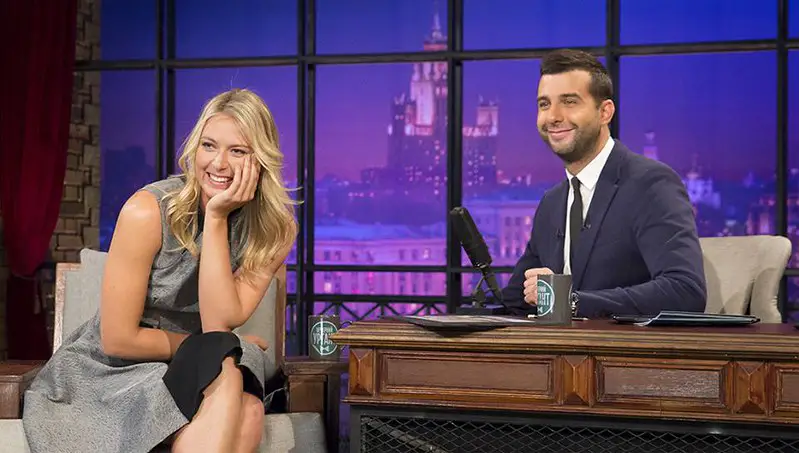
The next year she was a champion of her first Grand Slam. It would be enough to beat the star Serena Williams in the match, but the big satisfaction for Sharapova was the competition being held in Wimbledon. She always liked the tournament being held here. She thought it was bigger than in other big competitions here. Perhaps the practices and routines here, or the royal guards wearing a red coat, might have made her think so. Anyway, Wimbledon took always a special place in her heart.
In early 2004, she played again with Serena Williams at the Miami tournament, but this time she lost. This was very normal because Williams was older than Sharapova and was a favorite player of the years in Grand Slams. She became an ongoing champion of Wimbledon.
Being able to say you beat Williams in the Grand Slam final is something a few tennis professionals can state.
Chapter 10 – Sharapova was now the number one tennis player in the rankings but was not happy with failing to make progress.
Sharapova’s Wimbledon victory was the beginning of the next succeeding years. She became the number one tennis player in the world in the summer of 2005.
She didn’t put on anything extra to her tennis-playing skills- it wasn’t something like that.
Thinking carefully, Sharapova acknowledges that this is due to her growing up to comprehend her way of playing. She had learned her power and fragility. And this information made her jump up the world ranking.
However, the fact that she was at the top of the world ranking did not mean that she could rest.
Sharapova continued to work hard to show that her victory was not just a coincidence. After all, she knew that many players rose to first place, and then disappear without a sign. They achieve great success and then allow victory to destroy them.

Sharapova was always concentrated and gave her full attention to the following game. It was very difficult. She had success and an important class. But this time, other professional players were determined, they wanted to defeat her in the match and get her ranking.
In 2006, in the US Open tournament, Sharapova competed with France’s Amélie Mauresmo in the semifinals and Justine Henin in the finals. Mauresmo was number one in the world ranking, while Henin ranked second. Sharapova herself was competing in third place. Moreover, Henin had managed to beat her in the previous four games they competed with each other. Simply, it would be very difficult.
However, Sharapova was able to defeat Mauresmo in the semifinal, even though it was a little difficult at the beginning of the game. Two competitors had an intense fight in the final. But in the end, Sharapova defeated Henin and became the second Grand Slam champion.
Chapter 11 – She took a title in the Australian Open Tournament but 2008 posed challenges for her.
It was an expectation that 2008 would be a great year because Sharapova started by taking a title in the Australian Open. But it was the signal of an important transformation.
She changed his coaches for beginners and quit exercising with Robert Lansdorp. It was a very upset decision because he was one of the good friends of hers. But sometimes as a good player, change is required to develop further.
Similarly, she did not want her father Yuri to coach him. She had to demonstrate that she can succeed without his father. It wasn’t about her father being a second-class trainer, or not being close to him anymore. However, she desired to have full control over this proceeded period of her profession. It was very hard to separate herself from her father, but after he listed the reasons, he accepted.
She decided that Michael Joyce would be the new coach of her.
In this year, Sharapova’s shoulder began to hurt. A tendon was ripped on her shoulder and surgery was required.
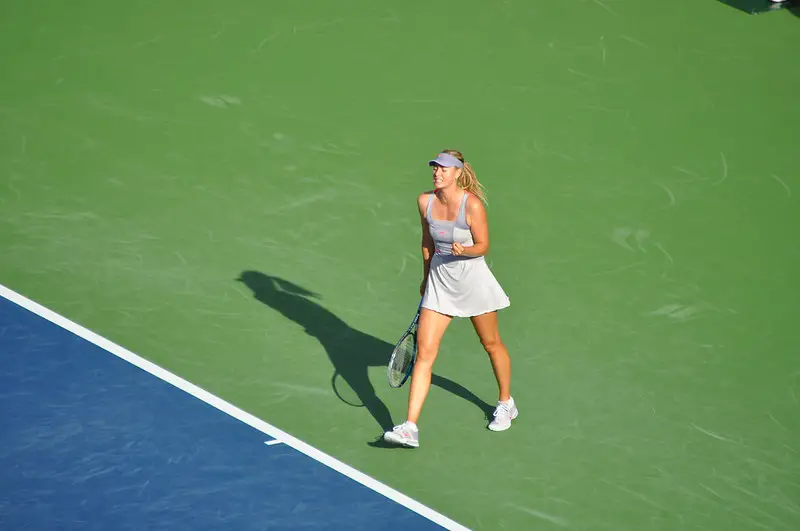
Sharapova was frightened by this because she would be under the influence of anesthesia that will restrict freedom of her movement. But there was no way out. After the surgery in October, she spent a little time in a rehabilitation center located in Arizona but returned to the tennis court at Christmas.
Everything had not remained the same. She was weak and her well-known firm serve was no longer good. The condition that ruptured the tendon was her serve which included pulling the shoulder completely back and pushing it forward strongly.
She had to reshape the way she played. Therefore, she began to play in a few practical contests. However, she almost lost in all. She fell behind in the world ranking.
At a competition being held in Poland, she was defeated by Ukrainian Alona Bondarenko, whom Sharapova could easily defeat her before she hurt her shoulder.
But this defeat was the driving force she required to reverse things. There was perseverance in her.
Chapter 12 – Sharapova fully recovered after surgery and became champion in the French Open tournament in 2012.
For Sharapova, it was necessary to return to the games after the difficult year.
She did not want to be recalled as an auspicious player who could not fully recover after a surgery. She was confident enough to achieve all the Grand Slam championship. But she hadn’t been able to gain even one since the injury.
Her exercises were forceful and she continued to play in the competitions. Although she experienced a great transformation after the injury, she could still defeat a good amount of rivals. She has risen in the world rankings and soon entered the top five again. Sharapova had come to the stage of winning in Grand Slam: she managed to reach the Wimbledon final in 2011 and the 2012 Australian Open final.
Then she made it. In the French Open tournament, Sharapova became a champion. This was a particularly important success because it was the only tournament that she could not win among these four.
as it was the only major Grand Slam tournament she hadn’t yet won.
It was important to be a champion in the Wimbledon, US Open and Australian Open tournaments before shoulder surgery, but winning the French Open after surgery meant a lot to her.
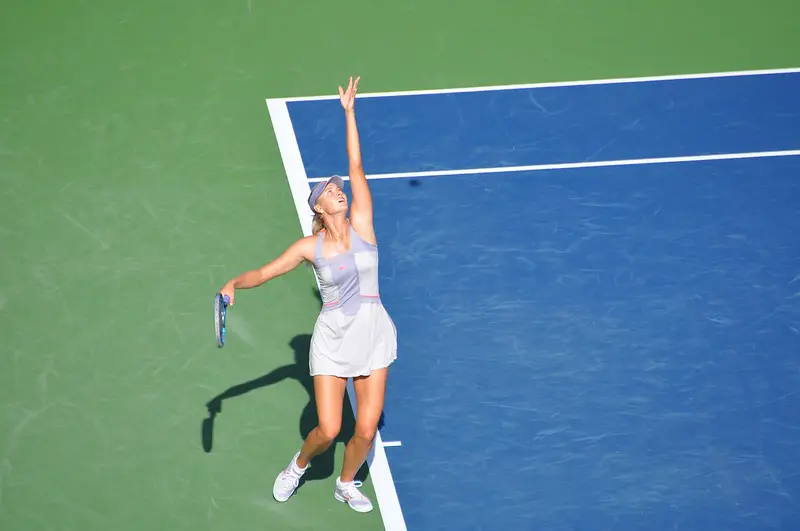
These quadruple Grand Slams are so hard to win, they even have a title: Career Grand Slam. Only nine women, including tennis legends such as Billie Jean King, Steffi Graf, and Serena Williams, have previously won these four tournaments.
Sharapova competed with Italian Sara Errani in the final round of the French Open. Even though Errani was a good player, Sharapova demonstrated to be better than anyone this time. Her strokes were sharp and her sight was excellent.
Moreover, she had achieved this success even though her father was not by her side. She was powerful and self-sufficient and felt even greater after her difficult shoulder surgery.
But everything has not always been perfect since then. In 2015, she would have to deal with particularly brutal difficulty.
Chapter 13 – The drug was detected in Sharapova’s test, but this challenge forced her to continue playing.
Now, at the end of her 20s, Sharapova started thinking about her retiral and ending her profession easily. Then, at the Australian Open tournament held in 2016, she wasn’t able to pass a toxicology screening in Melbourne.
In February, Sharapova got a warning note from the International Tennis Federation, the ITF, stating that they detected a material named meldonium in her urine. At first, it was not a huge problem- after all, she never used drugs to develop her way of playing. So what did it mean?
Mildronate, a medicine that she took for years, proved to be the source of this problem. A clinician first wrote this medicine to her prescription when she was a very young age because she often had the flu at that time. She performed several electrocardiogram tests, and the tests found some deviations.
The substance meldonium has been banned only since January of that year, and the International Tennis Federation had not reported that this substance was banned.
However, the press went over her. For the press, Sharapova was a deceiver and fraud. It was a devastating experience. In the end, the International Tennis Federation and arbitration panel filed two separate cases against Sharapova.

As might be expected, repellent panel representatives, mostly filled with members of ITF, prevented Sharapova from playing tennis for two years. However, the arbitral tribunal announced that it was not intentionally using drugs. They stated that Sharapova should be more aware, but they also criticized the ITF’s silent announcement of the ban.
With all this added, she could return to playing tennis earlier than expected. The first penalty dropped to 15 months, many of which are already over.
It the end, Sharapova’s hope resurged. She understood that playing tennis was more important than anything else in her life. She postponed her idea of retirement. She desired more victory, to prove her natural skills are real and stay in the top ranks of his favorite tennis sport.
Unstoppable: My Life So Far by Maria Sharapova Book Review
Maria Sharapova met tennis sport at a very young age. Since her childhood, she worked hard to become one of the world’s tennis legends. She struggled with many difficulties throughout her tennis career- and she still faces problems- and never stopped playing tennis. Fully concentrated, she peaked and deserved to be one of the most prominent tennis stars of all time, with the constant determination and infinite self-restraint.
